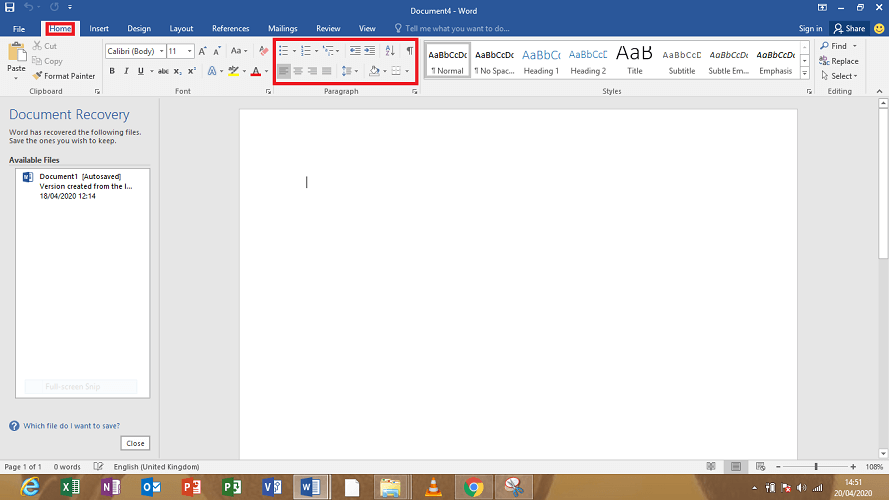


#Remove formatting marks in word 2013 windows
Show paragraph styling on Windows Show Non-Printing Characters & all Formatting Marks This is what it looks like on Word for Windows. You can do this by clicking on the ¶ button. Display Paragraph Marksįirst, you need to enable the show paragraph marks and other hidden formatting. Here’s how you can remove those pesky section or page breaks that aren’t immediately obvious. But sometimes it’s not as intuitive as you might think to do things. Microsoft Word allows you to set up all sorts of formatting of your text, paragraphs, sections and document.
#Remove formatting marks in word 2013 how to
How to Remove Little Black Square Paragraph Formatting But to correct the issue, the steps are relatively easy. There was a page break occurring but when revealing the formatting, all that you could see what a little black square on the paragraph after. Mysterious page breakĪbove you can see the page having the issue. But removing that formatting is not the most intuitive. However, there was a little black square right near paragraph that I believed to be causing the issue. However, in this case, there was no line signifying a section break or page break when the formatting was revealed. Normally, if you click on the “show paragraphs” button (¶), you can see a page break or section break. The changes you make may not be the same as mine, but I am willing to bet, whatever changes to defaults you do make, are also made with the desire to save you time, frustration, and headaches.Recently, I received a panicked email from my step-mom wondering why a page break could not be removed from Microsoft Word. NtNone of the changes I have outlined are absolutely necessary, but for me, making these adjustments saves time, frustration, and headaches.
:max_bytes(150000):strip_icc()/remove-paragraph-symbols-outlook-01-855714b92d2549448b2e0cbe8dda3020.jpg)
Or if you are good with the slider you can simply move it to your desired percentage.

Click the 100% in that bottom right corner to get the Zoom configuration screen ( Figure K) and change the percentage to 180. The default is 100%, but for 24 inch screens I typically bump this percentage to 180%. The Zoom slider is located in the bottom right corner of you Word window. For large monitors, I change the Zoom factor to a higher percentage. NtThe last thing I do depends on the display screen I am working on at the time. Nt Credit: Images by Mark Kaelin for TechRepublic Personally I like the Arial font and I like my paragraphs spaced evenly, so I change the default Normal Template ( Figure A) right away. I don’t like the default font and spacing in Word – I haven’t liked it since 2007. NtThis suggestion is probably the most obvious and the most often overlooked. A few minutes now can save you some frustration later. And, I mean before you starting using it, not after. NtNow, the changes I make may not make sense for you and I am not suggesting that everyone do exactly what I do, but I am suggesting that you take a few minutes to adjust the default settings in Word 2013 to make it work the way you want it to work – at least as best you can. However, every new version of Word requires some tweaking to make it work the way I want it to work and Word 2013 is no exception. NtMicrosoft Word has been the primary tool of my trade for many years now (at one time it was WordPerfect) and for the most part I am happy with the application – well, at the very least, I am comfortable with it. Nt This gallery is also available as a post in the Windows and Office Blog.


 0 kommentar(er)
0 kommentar(er)
